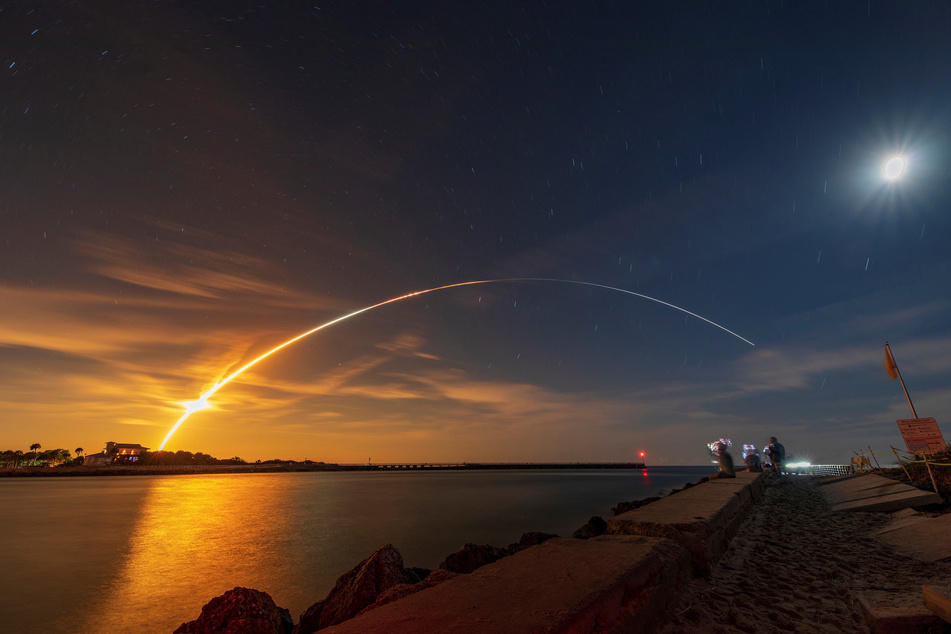NASA kicks off new moon program with Artemis I flight test
Cape Canaveral, Florida - NASA's unmanned Artemis I space mission finally took off for the Moon on Wednesday, following multiple delays.

The US space agency's Space Launch System rocket, carrying the uncrewed Orion spacecraft, lifted off from the Kennedy Space Center in Florida at 1:47 AM, after delays due to technical issues and adverse weather conditions.
"We are going," NASA tweeted. "Artemis I begins a new chapter in human lunar exploration."
NASA's Artemis mission aims to land US astronauts on the Moon again for the first time in almost 50 years.
The Artemis I mission, which is unmanned, will take the Orion spacecraft around 40,000 miles beyond the Moon in order to demonstrate its capabilities.
Artemis II, Orion's first human spaceflight mission, will follow. The Orion spacecraft will perform a lunar flyby test and return to Earth.
A Moon landing will be the high point of the Artemis missions. Originally earmarked for 2024, the landmark event is now scheduled to take place in 2025 at the earliest.
The mission will take four astronauts to lunar orbit in the Orion spacecraft, where two of them – at least one of them a woman – will transfer to a SpaceX lander for the final approach to the Moon.
The US sent 12 astronauts to the Moon between 1969 and 1972.
Fuel leaks have kept the unmanned rocket grounded over the past few months.
Cover photo: Collage: REUTERS
